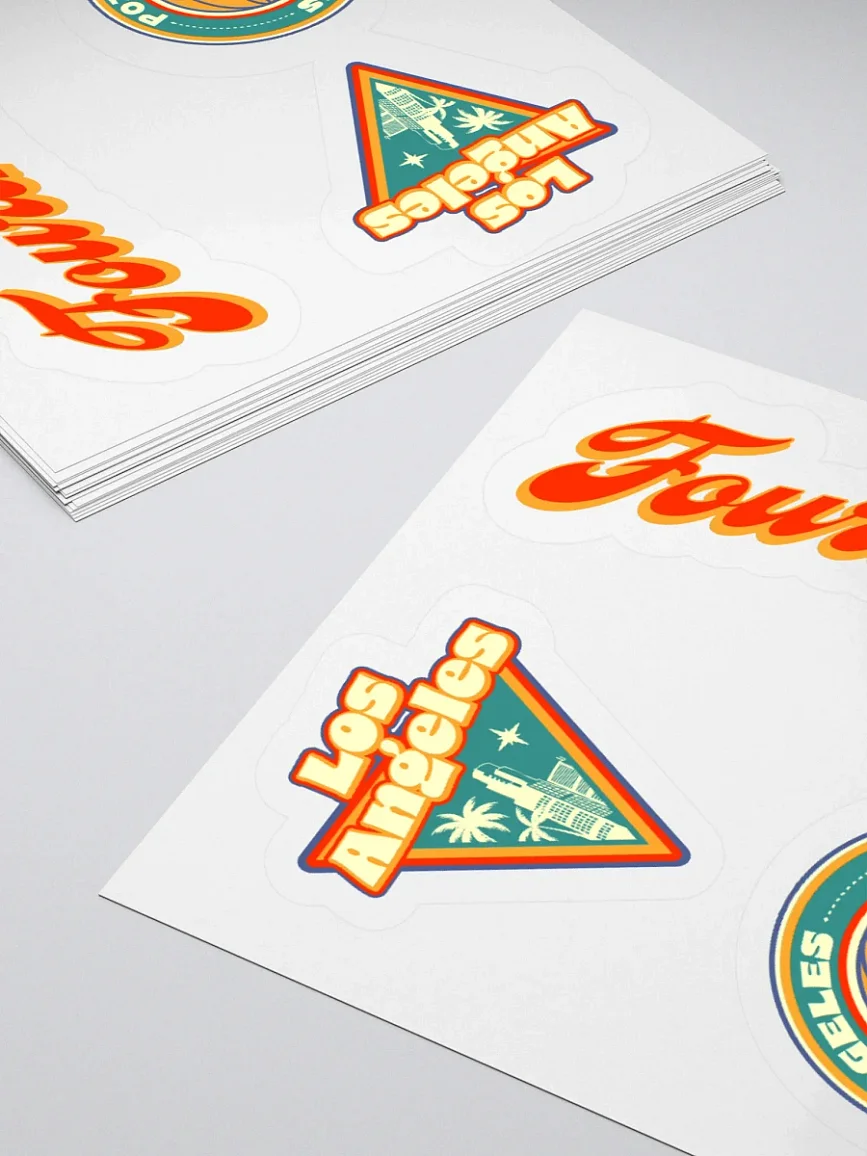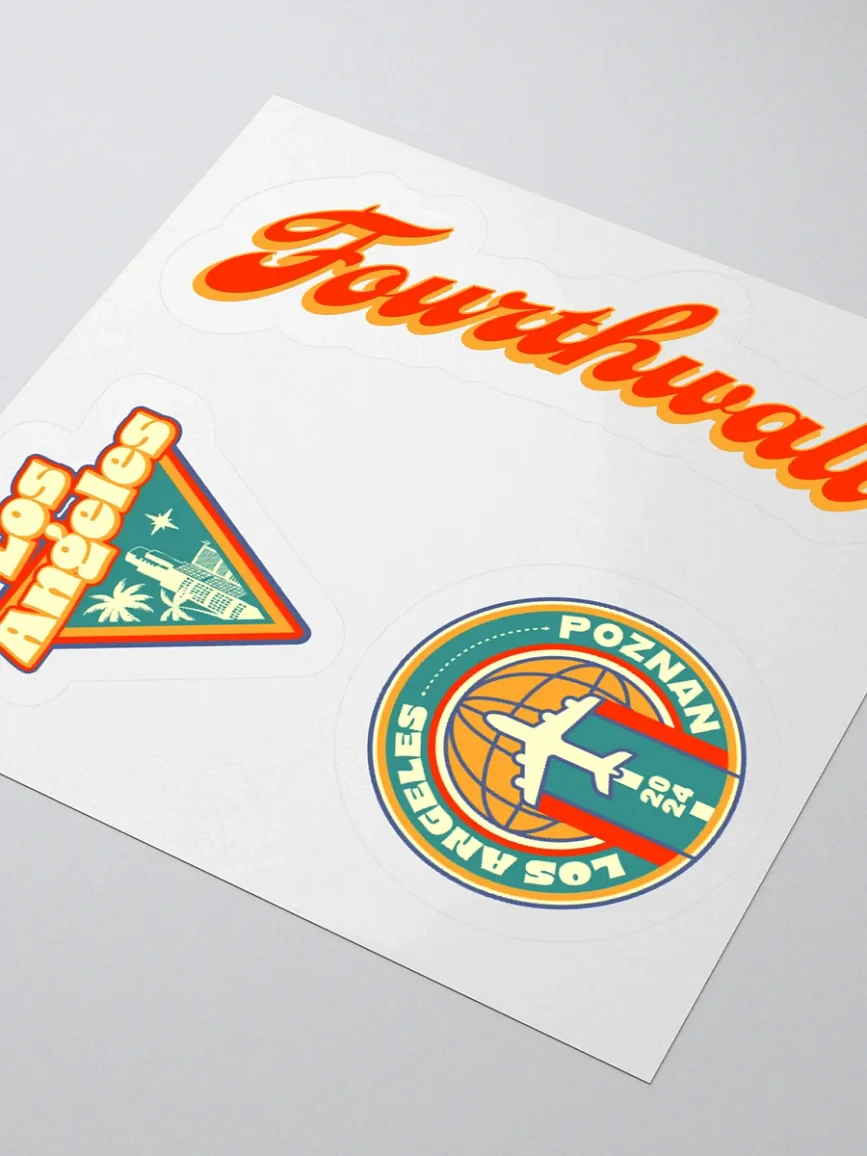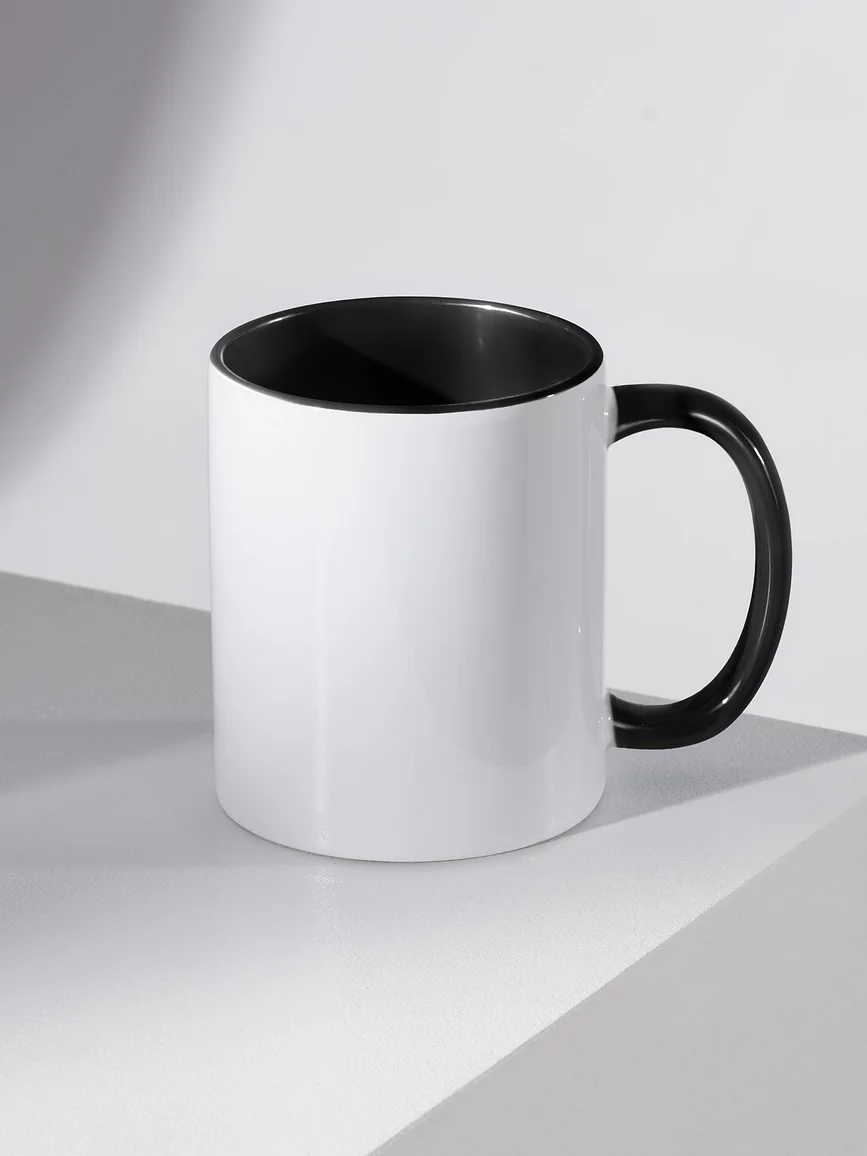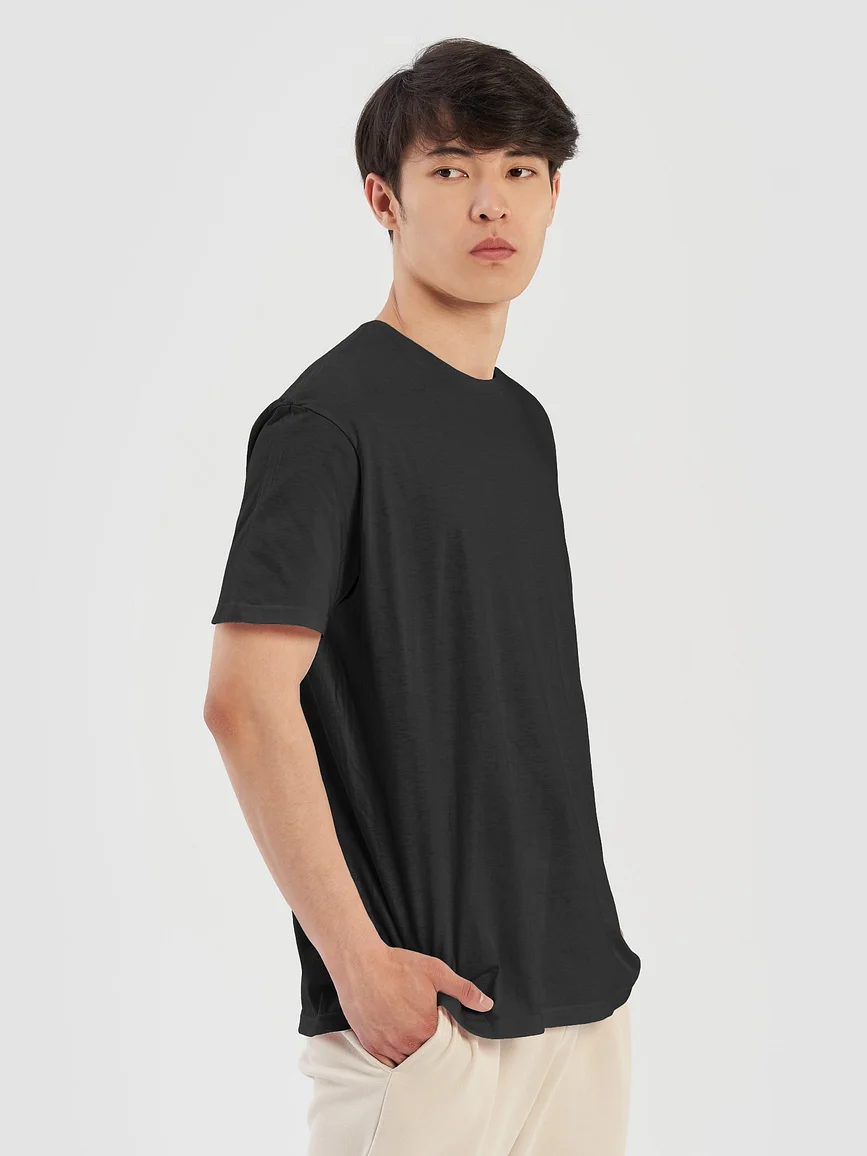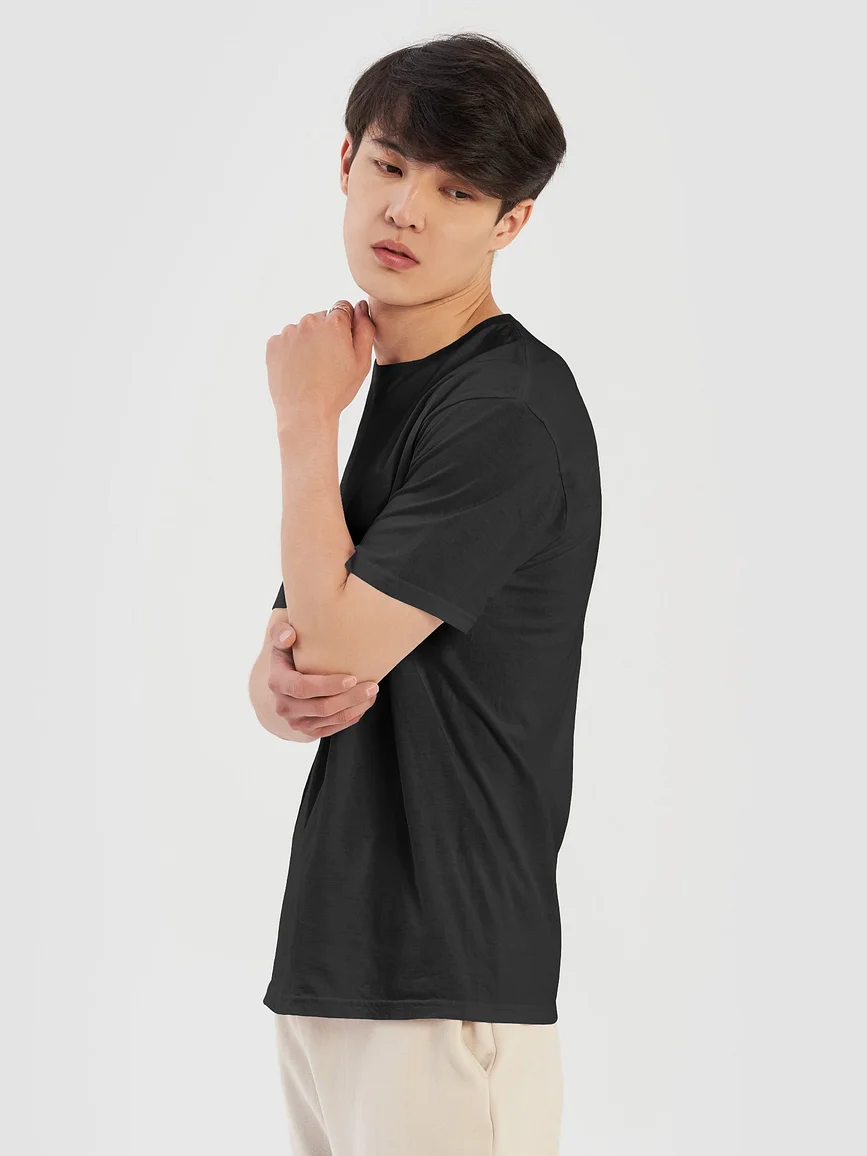Different Types of Shirt Printing You Should Know

Millions of unique custom shirt designs are printed annually, which makes custom printed shirts an excellent choice for merch, or even for an entire shop of your own shirt design creations. So deciding on the right printing method for your printed shirt needs is an important choice! We'll dig into the different types of shirt printing techniques, from screen printing to DTG (direct to garment), dye sublimation to vinyl printing, so you can make a smart and informed decision about your printing project.
The 8 Most Popular Types Of Shirt Printing
For most uses, screen printing and embroidery are generally considered the most durable printing methods. Screen printing is also best for large orders and simple designs (screen printing is the bulk of what you see on big-brand commercial shirt designs), while DTG (direct to garment) excels in complex designs, detailed photographic images, and small to medium orders. But no matter what your use case or creative printing goal, there are many types of printing options to choose from, each suiting different printing purposes.

1. Screen Printing
Screen printing is a classic method that involves creating a stencil and applying ink through it onto the fabric. Many printed fabrics are screen printed, as are a large percentage of printed garments. Screen printing is renowned for its durability, vibrant colors, and cost-effectiveness for large orders; you can also add special effects to your shirt printing with screen printing by adding reflective or luminous (glow in the dark) powder to the ink. However, screen printing setup costs can be substantial (you can't really do a sample screen print without creating all of the screens required), and complex designs may be limited in color options; which makes screen printing best for high-quantity orders of simple shirt designs.

2. Direct to Garment (DTG)
DTG, or direct to garment, shirt printing uses inkjet technology to print directly onto the fabric of your garment. It offers exceptional print quality, full color reproduction with depth (DTG printing is great for photographs!), and can usually be ordered in low minimum quantities. While DTG printing can be more expensive for larger orders and has some fabric limitations, it has no color limitations, is ideal for most small to medium orders and does well with intricate designs. You can also easily get a sample print of a DTG shirt design to see what it looks like when actually on the garment.
3. Direct to Film (DTF)
DTF, or direct to film printing, prints the designs onto a special film using a specific ink formula before being transferred onto the garment. DTF is a newer garment printing technique, and delivers bright, stretchy, and durable prints for a variety of shirt printing fabrics, including cotton, nylon, polyester, and blends; but DTF works best on thicker fabrics that can support its film-like transfer prints.

4. Heat Transfer Vinyl (HTV)
HTV, or heat transfer vinyl printing, is a versatile method for shirt printing that is able to be used on a variety of fabrics and offers great durability. Heat transfer vinyl printing involves cutting vinyl designs, applying them to transfer paper, and then using a heat press to transfer the design onto the fabric. It does have some limitations as far as design complexity, and can be time-consuming; so heat transfer vinyl is best suited for small order shirt printing, custom design garment printing, and athletic wear.
5. Dye Sublimation
Dye sublimation is a type of printing also called dye transfer process. It involves transferring ink from transfer paper to the fabric of your garment utilizing a heat press. Dye sublimation printing produces brilliant, full color imagery including all-over designs. While limited to synthetic fabrics like polyester (the dye sublimation heat press technology doesn't work well with natural fabrics like cotton) and best on light-colors, dye sublimation can be great for printing shirt designs, sportswear, and all-over printed items.
6. Embroidery
Embroidery has a unique 3D look, setting it apart from other types of printing techniques. Embroidery involves stitching designs onto fabric, creating a high quality, durable, and luxurious finish. As it's more time consuming, though, it's typically more pricey; it's also limited in design complexity, as it's not great with small details or ombre/fading colors. It does work very well for the types of shirts that feature logos, names, and blocky designs; it's also good for items like hats, caps, uniforms, and thick fleece garment printing; and the embroidered designs are quite durable.

7. Digital Transfer
Digital transfer involves printing ink onto special transfer paper, which is then applied to the fabric to print shirts using a heat press. This transfer paper/ink/heat press method allows for full color images on your printed shirts, and works on a variety of fabrics. While it might not be as durable for garment printing as some other methods, digital transfer via heat press is a good option for small to medium orders, gradient designs, and photographic images. Interestingly, the digital transfer paper and ink can also be used on materials like ceramics and metal.
8. All-Over Printing
All-over printing involves printing the entire piece of fabric before it's transformed into a garment. This technique creates seamless, eye-catching designs with no white space, but it can be expensive and has its own limitations for design customization. All-over printing works best for printed shirts, swimwear, activewear, throws, and certain fashion-forward pieces that want a unique patterned look.
Your Shirt Printing Method: What to Consider
Design Complexity
Different types of designs lend themselves to different types of printing techniques, and knowing what matches up best with the designs you're looking to print will get you the best results. For instance, very simple, basic designs on printed shirts do well visually with embroidery or heat transfer, while more intricate, detailed, or high-resolution designs (or designs on more complicated items like bags or hats) are best with dye sublimation or DTG (direct to garment) printing. Screen printing is perhaps the most versatile, as it can work for a variety of shirt printing and garment printing uses.

Fabric Type
Most shirt printing methods work well on cotton, especially DTG (direct to garment), although sublimation generally requires polyester fabrics. You'll also want to consider the weight of the design on your garment - for instance, embroidery or heat transfer vinyl are thicker and would drag down a lightweight fabric, where screen printing generally does not. So it's essential to consider the compatibility of the printing method with your chosen fabric, both for what it will look like and also how it functions on the garment as far as durability and also how the fabric feels. Color is also a consideration, as some methods don't do well on dark colored fabrics (screen printing and HTV are a couple of the best methods for dark fabric.)

Quantity and Budget
Small order quantities work best with HTV (heat transfer vinyl) printing and DTG (direct to garment) printing, which are the most cost-effective if you're looking to stay at a lower price point. You can upscale your garment printing project with embroidery if you have a larger budget (and a fairly simple design.) Screen printing and DTF (direct to film) typically become more cost effective only if you have a much larger order. But keep in mind that the cost varies based on the printing method, quantity, design complexity, types of shirt, and fabric.

Preferred Results
Balancing the look of your garment and the feel of it is another choice you'll need to make. Screen printing, DTF (direct to film), and embroidery are renowned for their durability; DTG (direct to garment) creates garments with a softer feel, and DTG prints integrate well with the fabric. Another lesser-used specialty method, Plastisol heat press printing, let you use specialty inks (like metallics, fluorescents, crackle, or puff ink), but the results can be quite stiff and can't be ironed. Vibrant colors are best achieved through screen printing and dye sublimation, while DTG printing and digital transfer excel in capturing detailed images.

Target Audience
Casual clothing is most commonly adorned with DTG (direct to garment), screen printing, and all-over printing, while athletic wear often features sublimation or HTV (heat transfer vinyl) printing. High-end fashion benefits from the elegance of embroidery, and also DTG printing, as both can deliver rich-looking results; edgier garment designs might use HTV or Plastisol to achieve a cutting-edge look.

Environmental Impact
Some printing methods have a lower environmental impact than others. If sustainability is of specific concern, you can research eco-friendly printing options, such as companies that use water-based inks and eco-conscious screen printing methods.
Which Suits You Best?
Now that you have all of the above information, you can easily evaluate all of these factors alongside the specific requirements of your project, and select the most suitable printing method to bring your designs to life! Whether DTG (direct to garment), DTF (direct to film), sublimation, screen printing, embroidery, or another option, your decision-making will of course depend on what you're going to be doing with the printed items. So to get some more focused ideas, let's look at three case studies to see which printing method would suit each best.
1. A Small Fashion Boutique
A small-scale or new fashion boutique specializing in trendy, limited-edition designs, like quirky T-shirts and fun tote bags, would benefit best from DTG (direct to garment) printing for its ability to handle small quantities, complex designs, and various fabric types. They might also consider using all-over printing or even screen printing if they wanted to create some designs with their own original fabric patterns.
2. An Energetic Sportswear Brand
A sportswear brand producing large quantities of athletic apparel with bold imagery and printed names would likely opt for sublimation due to its suitability for polyester fabrics and ability to create bright, sharp, eye-catching prints. Dye sublimation printing also works well on lighter fabrics, so this is a great fit as a lot of athletic designs are based on white or bright, light colors. HTV (heat transfer vinyl printing) might also work in this instance.
3. A Corporate Apparel Order
A company ordering dozens of identical polo shirts and jackets for their staff would definitely benefit from choosing embroidery. Not only does embroidery work well for simple logo designs, it's also the great fit for a higher-weight garment like a polo shirt or canvas jacket. Embroidery also contributes to a higher-end look, perfect for the demands of a corporate environment, where screen printing might look a little more casual.

Start Your Shirt Printing Business with Fourthwall
We've explored the entire range of printing techniques - so now, it's time to turn your creative printing visions into reality! From design creation to printing and order fulfillment, Fourthwall has you covered (even literally, if you order a sample shirt!)
On Fourthwall, you can create and customize your own T-shirt or merch store, and offer a whole roster of print-on-demand items; you can also bring your own merchandise in to your Fourthwall store. In addition to having your own shop on Fourthwall, you can also offer customer memberships, send video thank-you messages, send promo codes, let your customers send gifts live on Twitch or purchase via YouTube Shopping and TikTokShop; and so much more. Join Fourthwall and start your shirt printing journey today!








